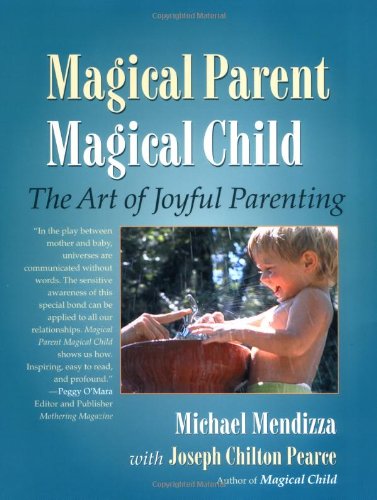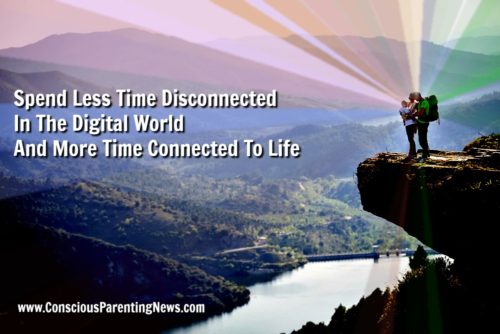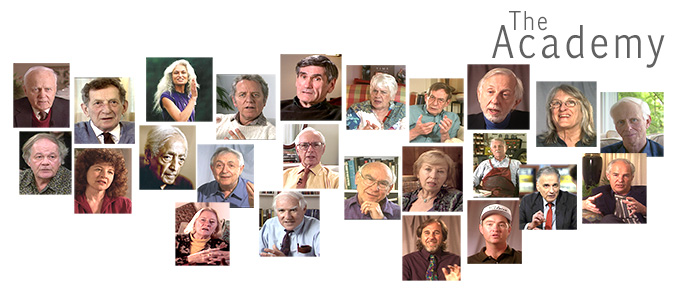Child Of The Dream
With all my chattering about how attentive Carly is, and she is, at the same time Carly is often eyes-wide-open-vacant, dreamy. Sitting at her buffet this lovely morning there it was – the stare. Bread and egg in her hand, Carly was off in another dimension. I had to bring her back with a direct look and smile. She giggled.
 As a no-media child, professionals in the field of early childcare who have spent time with Queen Elizabeth shake their head. Carly’s attention to books and story and the way she initiates, that is, leads into the next play activity instead of having to be lead, is stark by comparison. Interacting with Carly, the 20ish daughter whose mother is the head of a preschool for teen mothers, said, ‘no TV or tablets for my children,’ when she is ready. They had hardly met a two year old who had not stared at screens. When I was a child in the early 50’s preschool was rare. Children stayed at home and played until age five when kindergarten began. Today the average is around three, some as early as six months. When parents need a break, and it is really hard to keep up with a toddler all day, screen time is often the answer. Easy for ‘dults.’ Bad for kids.
As a no-media child, professionals in the field of early childcare who have spent time with Queen Elizabeth shake their head. Carly’s attention to books and story and the way she initiates, that is, leads into the next play activity instead of having to be lead, is stark by comparison. Interacting with Carly, the 20ish daughter whose mother is the head of a preschool for teen mothers, said, ‘no TV or tablets for my children,’ when she is ready. They had hardly met a two year old who had not stared at screens. When I was a child in the early 50’s preschool was rare. Children stayed at home and played until age five when kindergarten began. Today the average is around three, some as early as six months. When parents need a break, and it is really hard to keep up with a toddler all day, screen time is often the answer. Easy for ‘dults.’ Bad for kids.
The key, I believe, is something a colleague Jack wrote about referring to Jean Leidloff, author of theContinuum Concept; ‘children need to be in the center of attention, not be the center of attention.’ Just last evening, mom was closing the gallery. It was time for dinner. Holding Carly and opening the refrigerator door, I asked, “What should we have?” Carly pointed to eggs and even said, “egg,” in her beginner’s way. That was a wow. I grabbed her booster from the table and placed it on the counter next to the pan where she sat, watching and playing with three broken egg shells while I whipped up a cheese omelet. Carly was in the action, not the object of attention. There was a feeling of doing this together. And that is how the day goes, except of course, when uniquely ‘dult’ demands occur, like making a living. Carly can be in the center of action when that action is concrete, here and now, not abstract.
But so much of our adult reality is abstract; phone conversations, texts, writing this sentence, the majority of our thoughts and behaviors are based on abstract concepts and beliefs. This world of abstractions is beyond Carly’s grasp. There is an implicit split of attention between her here-now need to be involved and the ever-present virtual reality we create in our heads. This split implies conflict, something I avoid by having my time with Carly be a here-now meditation. This practice begins first by being aware of this split and by honoring that Carly’s reality is not the same as mine. She can’t enter into and participate in my abstractions. It is my moral and ethical responsibility to adapt my state to be in sync with hers, as I might if a very important guest were visiting from another country who did not speak or understand the language. But we forget this common curtesy day-to-day with our kids.
A number of years ago research emerged describing how different the state of reality is for children in terms of brain wave frequencies – Beta, Alpha, Theta, Delta and Gamma – and adults. We are so enchanted by the virtual reality between our ears that we faintly recognize that the state of our brain plays a profound role in what we experience. Every morning we reach for that double espresso to kick-start us from our dreamy, almost awake state to another. Imagine spending all day in the twilight between awake and dreaming. That is Carly’s reality.
Beta (14-40Hz) brain waves are associated with normal waking consciousness and a heightened state of alertness, logic and critical reasoning. Alpha (7.5-14Hz), the deep relaxation wave, is when we are in a state of physical and mental relaxation but still aware of what is happening, its frequency is around 7 to 13 pulses per second. Theta (4-7.5Hz), the light meditation and sleeping waves, are present during deep meditation and light sleep, including REM dream states. It is the realm of the subconsciousness and generally experienced as you drift off to sleep from Alpha and wake from sleep (from Delta). Delta (0.5-4Hz), the deep sleep state, is the slowest of the frequencies experienced in deep, dreamless sleep and in very deep meditation where awareness is fully detached. Gamma (above 40Hz), newly discovered, is the insight wave and is the fastest frequency at or above 40Hz associated with bursts of insight and high-level information processing.
 Guess in which state newborns and the early children up to age two live? Delta, the realm of the unconscious, gateway to the universal and collective unconscious where the impressions received are generally not available. Montessori described the ‘absorbent mind’ of the early child. ‘Unquestioned acceptance of the given’ was Piaget’s term. Adults are usually in Beta (14-40Hz), our normal waking consciousness, a heightened state of alertness, logic and critical reasoning. The early child is in Delta. In adult terms it is as if the early child lives in a hypnotic trance of heightened suggestibility. Analysis and reasoning, which our directives imply, don’t register. The child of the dream is absorbing, without question, experiences directly into his or her vast subconscious mind which represents 90% to 95% of our total brain-mind activity, whereas, active analysis and reasoning, our normal adult state, represents only 5% to 10% of our brain-mind activity. What is called the terrible two’s is, to a large extent, the frustration that comes from the radical disconnect between the state of the child of the dream and our adult reality.
Guess in which state newborns and the early children up to age two live? Delta, the realm of the unconscious, gateway to the universal and collective unconscious where the impressions received are generally not available. Montessori described the ‘absorbent mind’ of the early child. ‘Unquestioned acceptance of the given’ was Piaget’s term. Adults are usually in Beta (14-40Hz), our normal waking consciousness, a heightened state of alertness, logic and critical reasoning. The early child is in Delta. In adult terms it is as if the early child lives in a hypnotic trance of heightened suggestibility. Analysis and reasoning, which our directives imply, don’t register. The child of the dream is absorbing, without question, experiences directly into his or her vast subconscious mind which represents 90% to 95% of our total brain-mind activity, whereas, active analysis and reasoning, our normal adult state, represents only 5% to 10% of our brain-mind activity. What is called the terrible two’s is, to a large extent, the frustration that comes from the radical disconnect between the state of the child of the dream and our adult reality.
The state of the brain implies often dramatic shifts in reality. Information coming in from the external senses and the human brain receiving and translating nonmaterial, nonlocal frequency realms blend. The child of the dream can’t distinguish between what we think of as concrete reality and what we call dreaming or from our Beta perspective hallucinating. A Beta-bias is implied here. From a Beta perspective telepathy is pathological, a hallucination. From a Delta perspective, in trances and other non-beta states, these insights, perceptions and impressions are very real and indeed meaningful. This Beta-bias is one of the themes Joseph Chilton Pearce developed throughout his collected works.
What we call culture is Beta-based. To a Beta-based reality anything not Beta is not real, to be shunned, shamed and negated. This Beta-bias filters out and excludes any perception and implicit capacity that is not Beta-based imposing strict self-inflicted limitations that have suppressed human development for millennia. In the best of worlds we would retain the openness to the collective unconscious as Jung called it, the quantum frequency realms with its insight-intelligence as David Bohm described and refine our capacity to distinguish between these external ‘child of the dream’ impressions and self-induced fantasy. This discrimination is at the heart of many Tibetan meditation practices developed and refined for centuries. It begins with knowing ourselves, alas, something most really haven’t touched, too busy texting and watching reality TV. (And which reality is that?)
As formative and fundamental as these early years are, Carly will remember precious little before age three or four, a phenomena called childhood amnesia. Some research suggests that as the hippocampus develops, part of the brain associated with memory, new cells grow over what is active today in Carly’s life effectively sealing off early memories from our adult Beta activity with its alertness and hopefully critical reasoning. David B. Chamberlain, PhD, and other pioneers in pre and postnatal consciousness found that these early memories are not erased, rather simply hidden and not easily accessible in our often anxious Beta state. This suggests that memory may be ‘state specific.’ To remember what was going on while living mostly in Delta, these precious early Carly experiences, she needs to be in Delta to access and decode these memories.
Having brought Carly Elizabeth back from her dream state, giggling, we jumped on the bed. I grabbed the comforter and tossed her up and over like a circus clown holding a big net. Then it is off to the beach, bucket in hand, where the wet sand wiggles up between our toes and the birds sing and play all day. Not many abstractions here.


